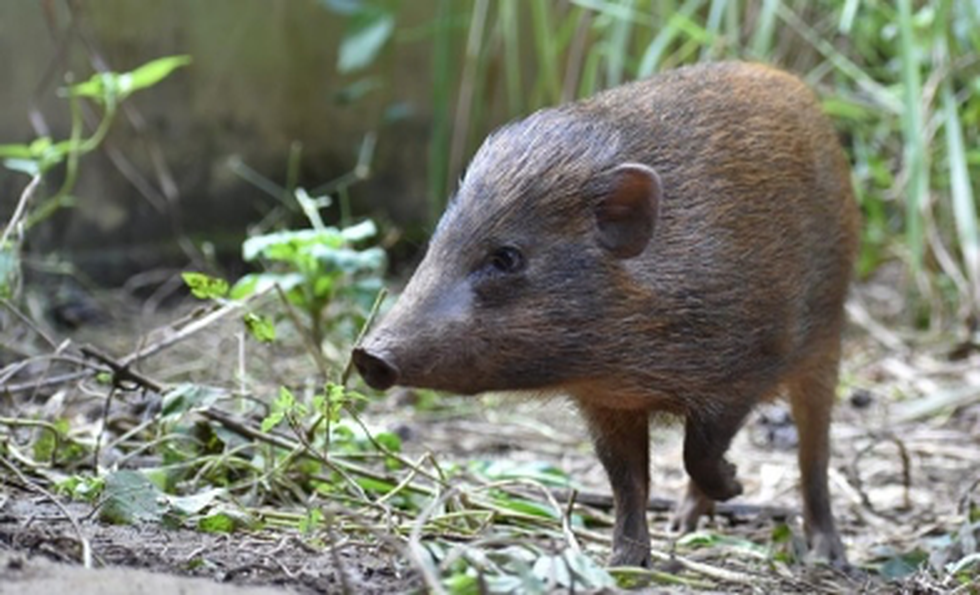About Pygmy Hog:
- It is the smallest and rarest species of wild pig in the world.
- It is one of the very few mammals that build its own home, or nest, complete with a ‘roof’.
- It is an indicator species as its presence reflects the health of its primary habitat, tall and wet grasslands.
- Habitat: It prefers undisturbed patches of grassland dominated by early successional riverine communities, typically comprising dense tall grass intermixed with a wide variety of herbs, shrubs and young trees.
- Currently, the viable population of this pig in the wild is in the Manas Tiger Reserve in Assam.
- Conservation status:
- IUCN Red List: Critically Endangered
- Wildlife Protection Act, 1972: Schedule I
Key facts about African swine fever
- It is a highly contagious viral disease of domestic and wild pigs, whose mortality rate can reach 100%.
- The virus belongs to the Asfarviridae family.
- Symptoms:Vomiting, Diarrhea, reddening or darkening of the skin, particularly ears and snout, gummed up eyes etc.
- It can be spread through:
- Direct contact with infected pigs, faeces or body fluid
- Indirect contact via fomites such as equipment, vehicles or people who work with pigs between pig farms with ineffective biosecurity.
- Pigs eating infected pig meat or meat products.
- It is endemic to sub-Saharan Africabut has spread to many other regions of the world, including Asia and Europe.
- It is not known to affect human beings.
- There is no cure or precaution availablefor the infection and no approved vaccine.
